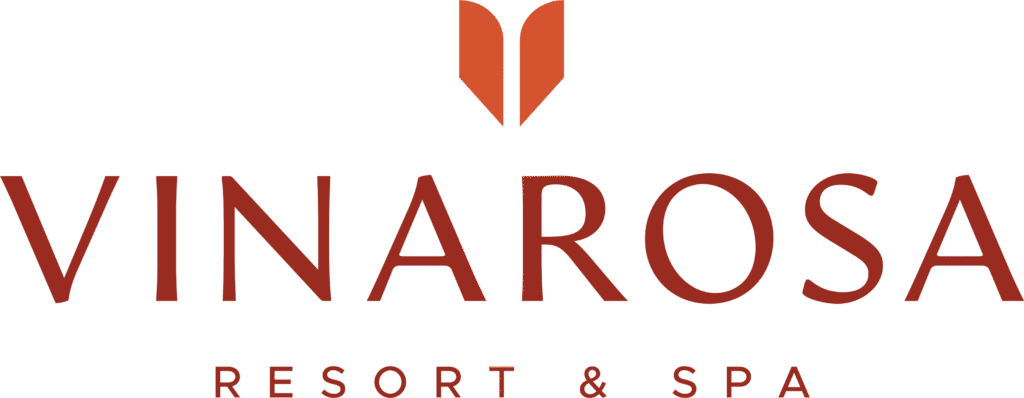
Building a High-Converting Luxury Resort Website
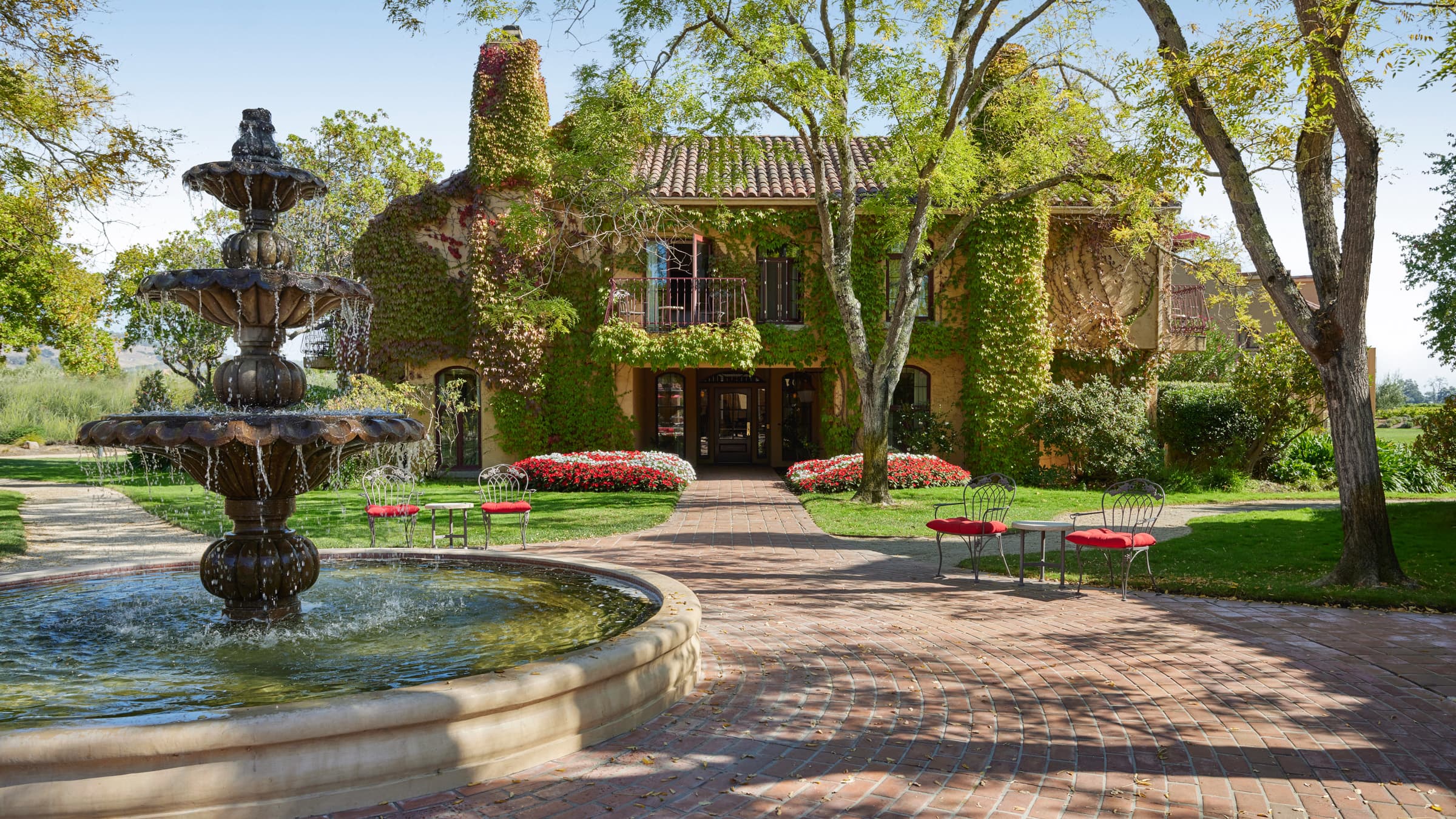
The Vinarosa Resort & Spa Case Study
At Buffalo Groupe, our expertise in marketing to the golf lifestyle audience naturally extends to luxury hospitality and travel. The audiences share characteristics: affluent, experience-driven, and discerning. When Vinarosa Resort & Spa partnered with us, the goal was clear—create a luxury resort website design that would inspire travelers, showcase the property’s unique differentiators, and ultimately drive direct bookings. Vinarosa Resort & Spa (formerly Vintners Resort & Spa) is a luxury escape set on 92 acres of vineyards in Santa Rosa, California, offering vineyard-view accommodations, farm-to-table dining, spa and wellness experiences, and lush outdoor amenities.
This case study highlights the 10 key steps our web team followed to transform Vinarosa’s digital presence into a high-converting guest experience.
In this article:
1. Define Redesign Goals
When we started the project, the property was in the middle of a rebranding/remodeling exercise. The website would be a central component of the launch of the new brand: Vinarosa. After meeting with key stakeholders, we landed on the following goals:
- Increase direct reservations
- Highlight resort amenities
- Ensure a seamless user experience
- Showcase renovations with new imagery
- Reflect Vinarosa’s luxury positioning with their rebrand
2. Audit the Old Site
We evaluated the existing website’s performance and analytics, then used our key findings as the foundation for the new design. Areas for improvement included:
- Slow load speeds
- Lack of imagery
- Local information
- Paths to conversion
These insights shaped our new design approach.
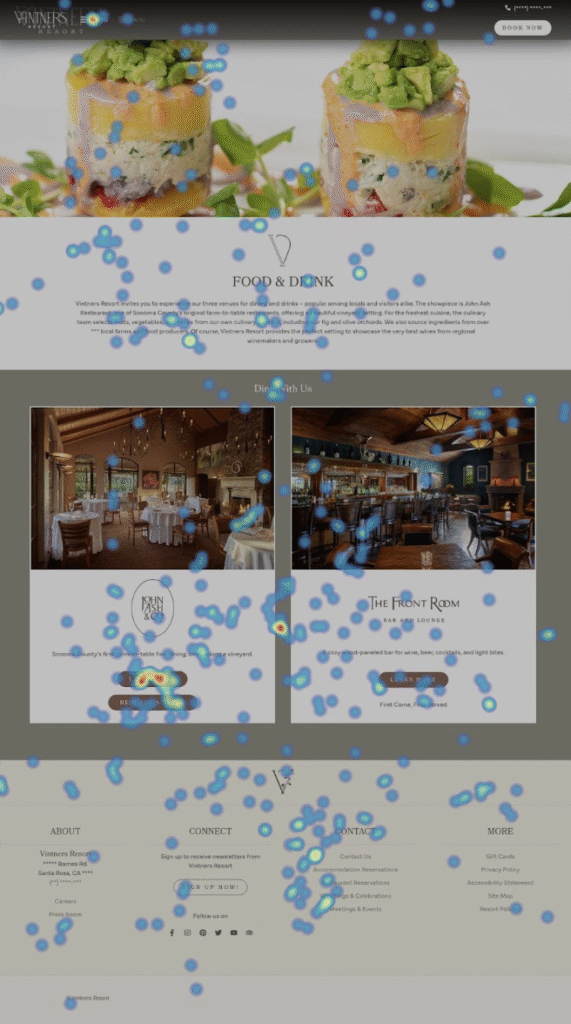
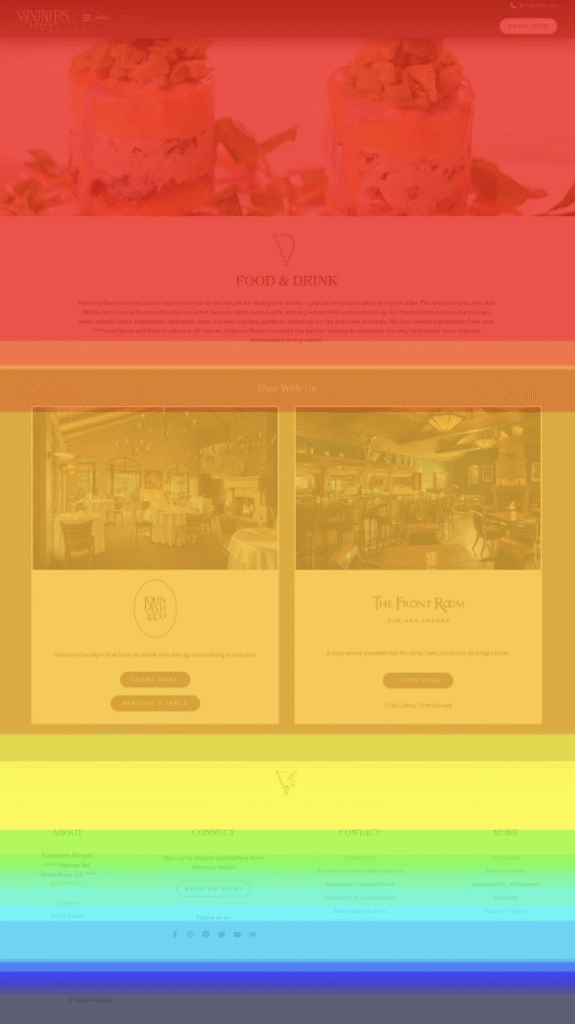
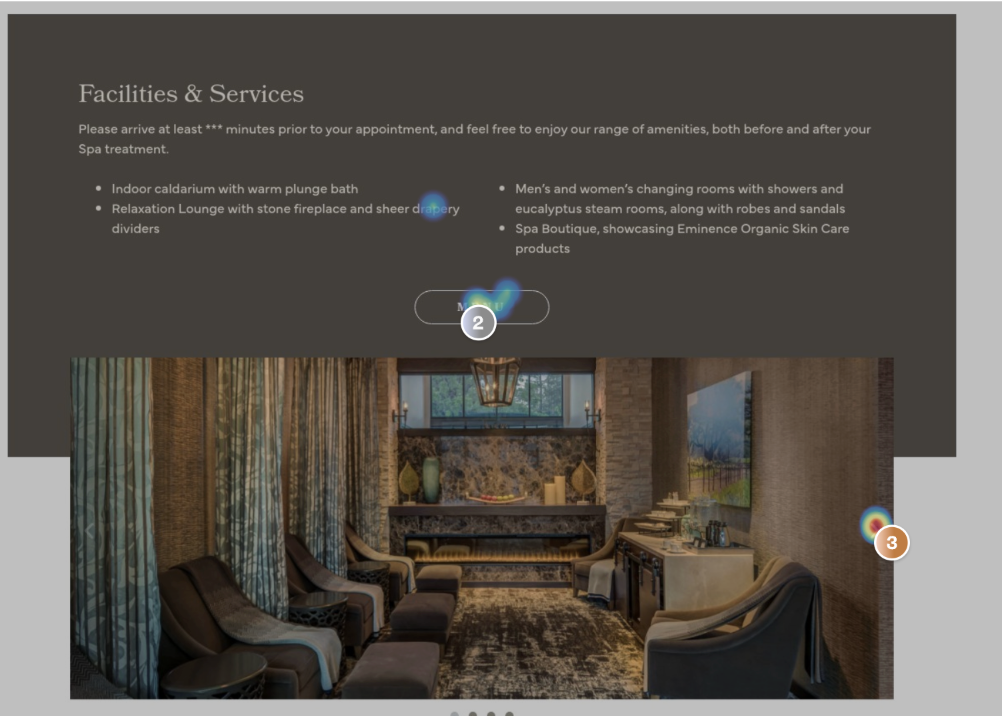
3. Create an SEO Foundation
A strong SEO strategy was essential to increase non-branded searches. We identified high-value keywords around location, experiences, and amenities. Technical improvements like mobile optimization and faster load times set the site up for long-term search visibility.
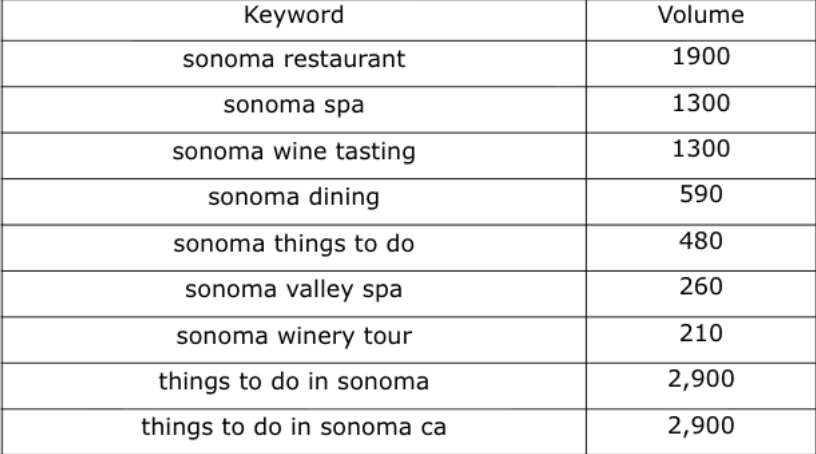

Once we had a clear idea of the keywords we were going to target, we moved forward with a comprehensive SEO optimization strategy for Vinarosa’s key pages. This began with refining on-page elements such as page titles, meta descriptions, and headers (H1, H2, H3) to align with the chosen keyword set. By structuring content with clear hierarchies, we ensured that both users and search engines could quickly understand the page’s intent and relevance.
For example, we optimized the homepage for non-branded terms, such as luxury sonoma resorts, sonoma resorts, and related keywords.
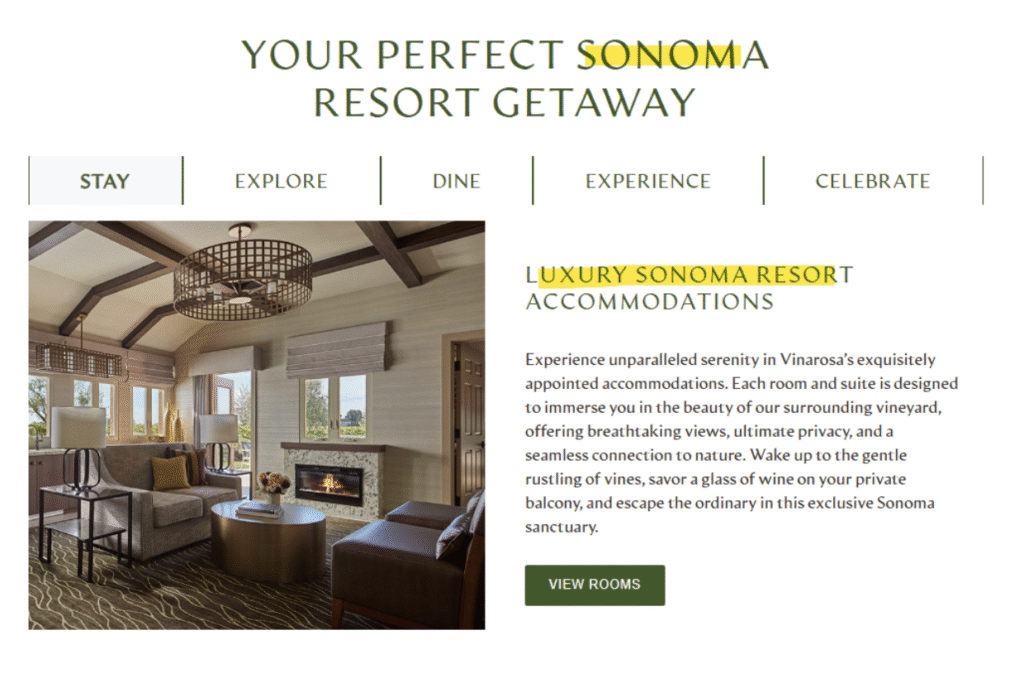
4. Write Clear and Compelling CTAs
Every element of the redesign was centered on the guest journey with a clear path to conversion. A streamlined navigation with supporting links ensures visitors can easily explore rooms, offers, dining, spa, and experiences in just a few clicks.
By implementing strategic calls-to-action—Book Your Stay, View Rooms, and Explore Offer—our goal was to guide users at every stage of exploration naturally toward a conversion while educating them on all the Vinarosa offerings.
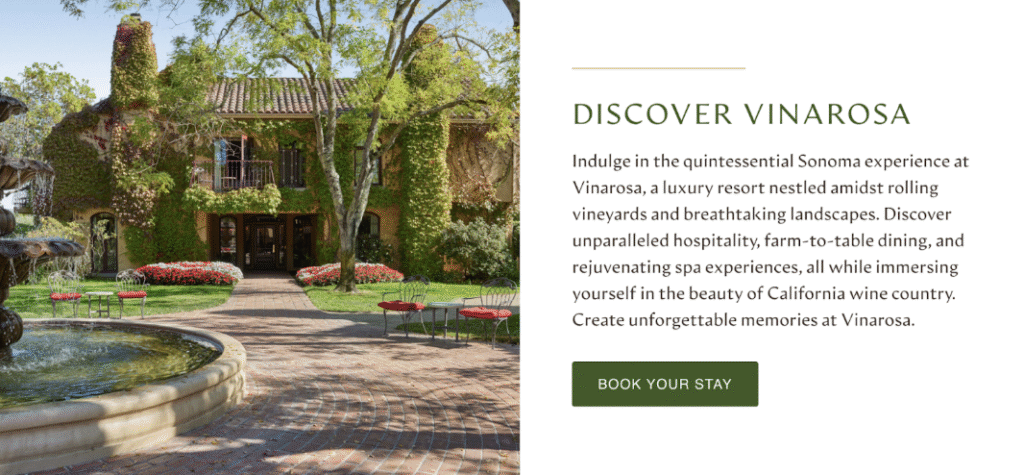
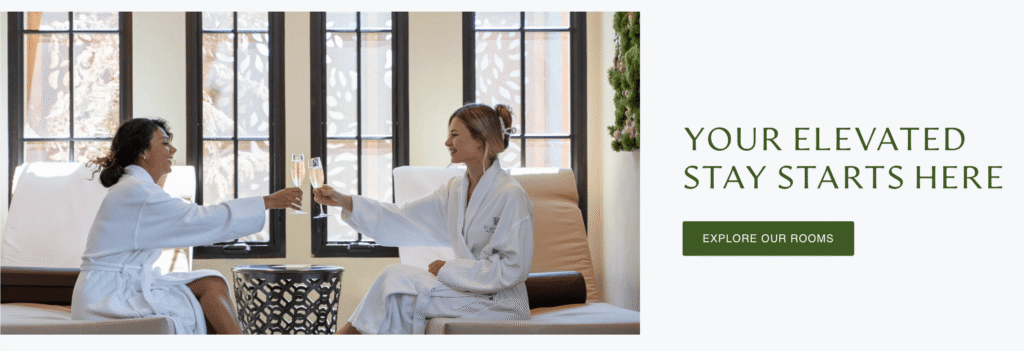
5. Highlight Amenities and Differentiators
Vinarosa’s unique value lies in its fine dining, luxury spa, renovated pool, versatile event spaces, and vineyard setting. The redesign highlighted these signature elements through culinary imagery, the John Ash menu and wine list, spa treatments, local Sonoma wine country adventures, and on-site activities. These differentiators helped guide the guest journey, evoke a sense of exclusivity, and help travelers imagine their stay while strengthening brand perception and driving conversions.
6. Align Wireframes With Branding
The wireframe process allowed us to pair thoughtful content flow with Vinarosa’s established brand identity—luxurious typography, sophisticated color palette, and a tone consistent with a premium audience. By mapping a new navigation, content hierarchy, and calls to action early on, we created a user journey that felt intuitive, visually balanced, and conversion-driven. This foundation ensures design decisions are rooted in both usability and brand consistency.
7. Tap into the Power of Imagery
Luxury travelers are inspired visually. We prioritized high-resolution photography from their on-site photoshoot to capture the beauty of the property and evoke a sense of escape, ultimately bringing Vinarosa Resort & Spa to life.
From the vineyard setting to spa experiences and poolside drinks, each image was carefully selected to tell a story of indulgence and possibility. By weaving these visuals throughout the site, we created an emotional connection that not only elevates brand perception but also encourages travelers to envision themselves at Vinarosa.
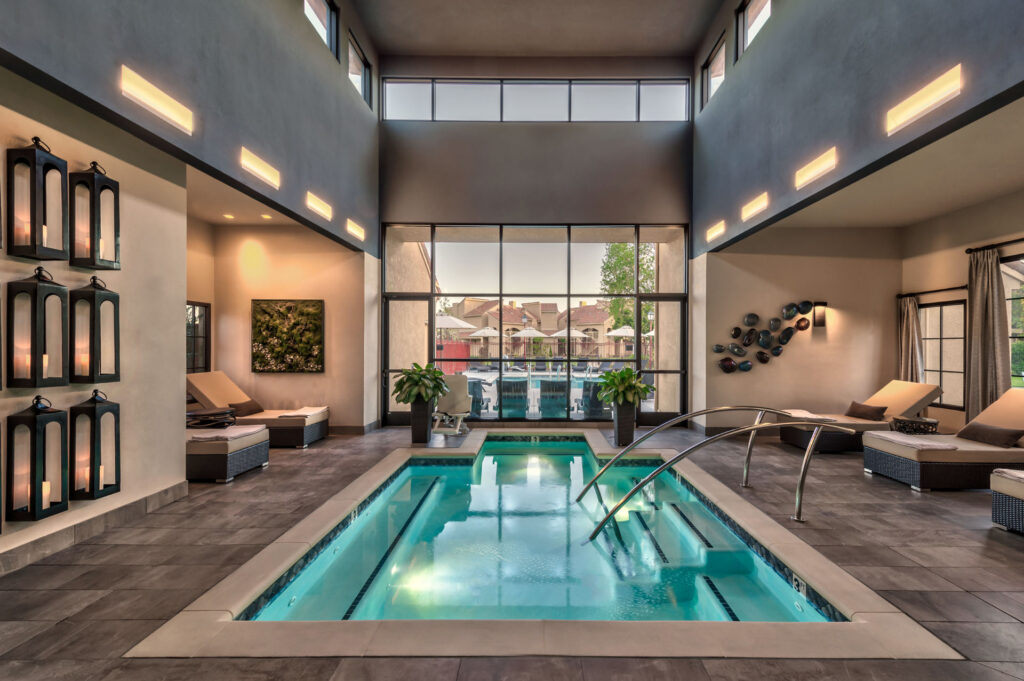
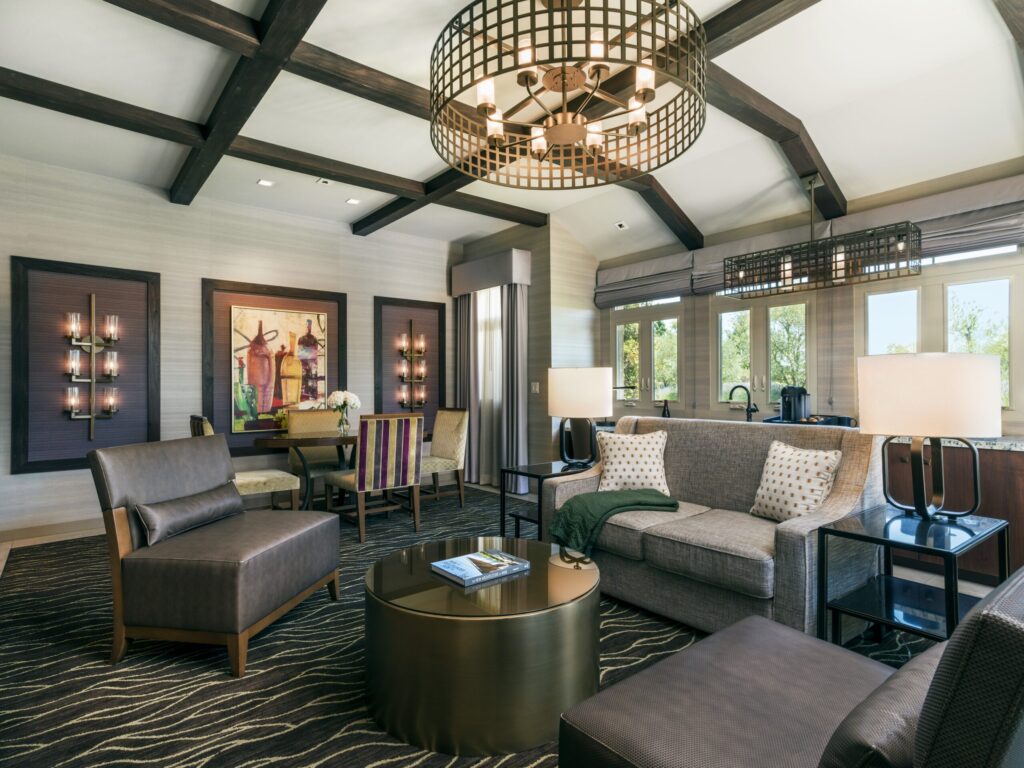
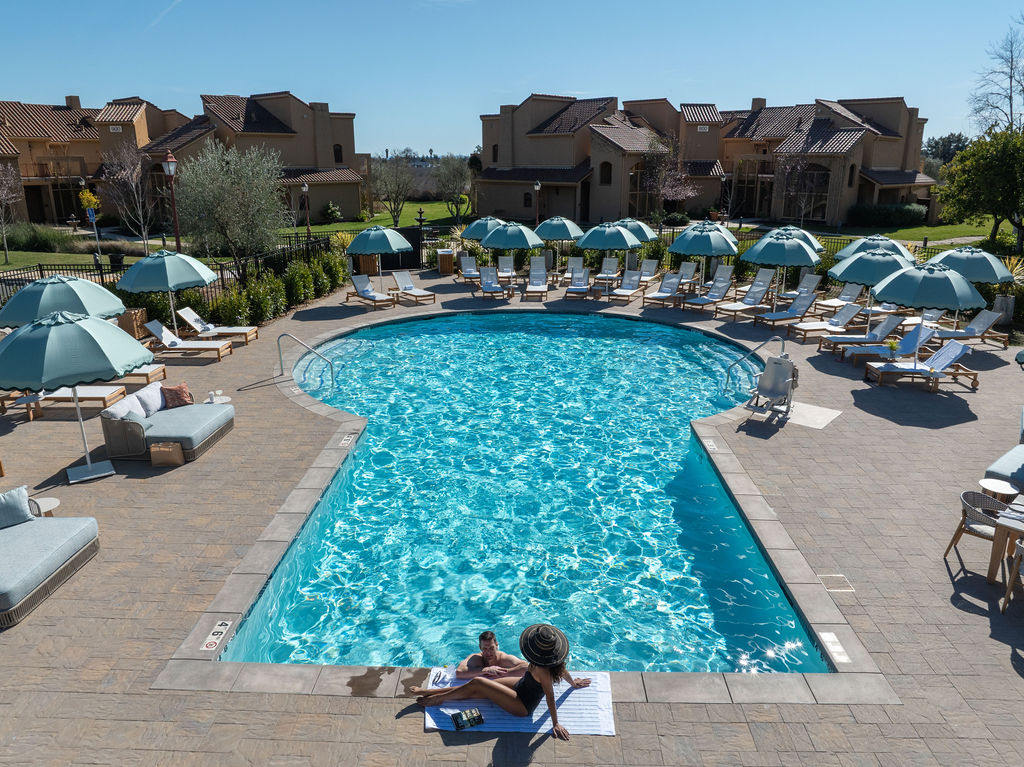
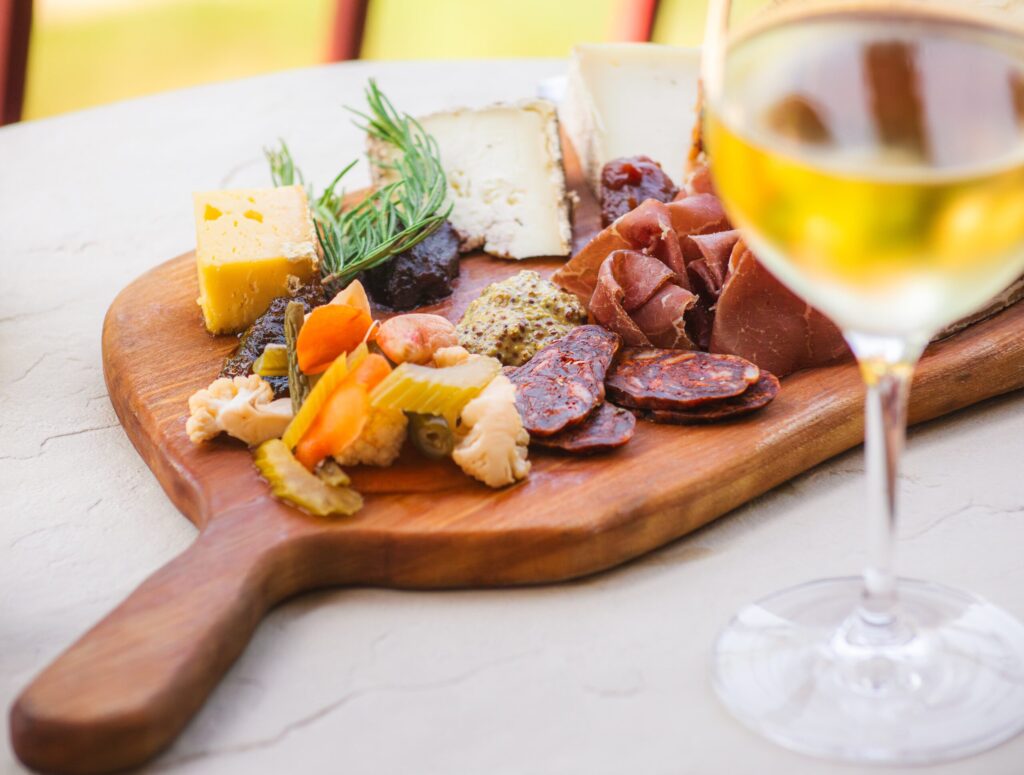
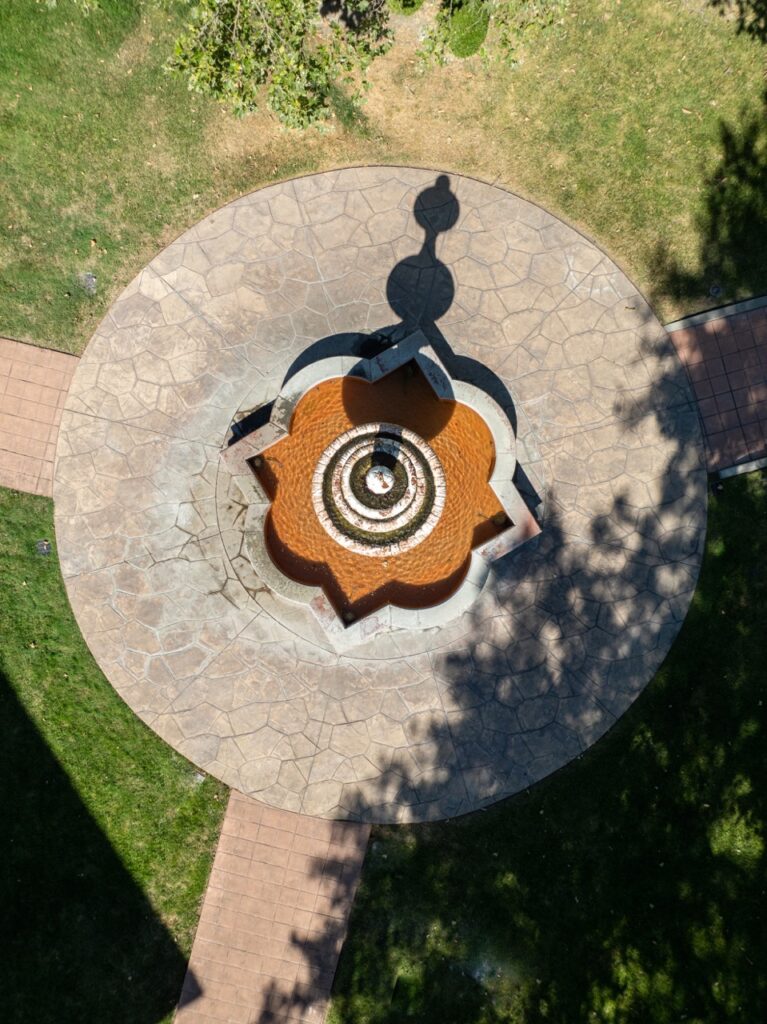
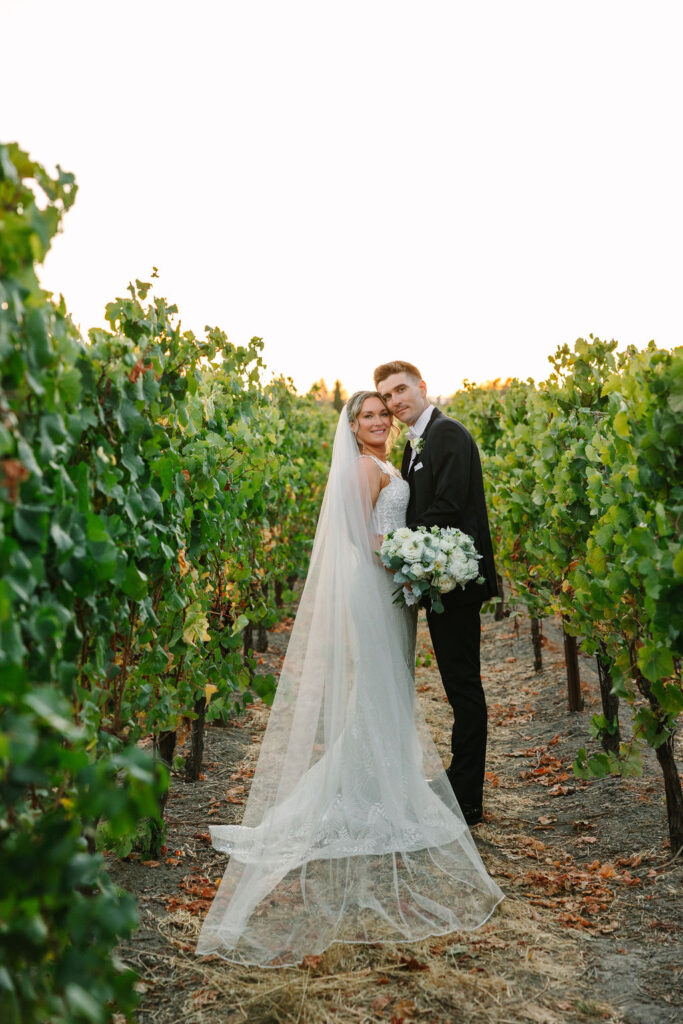
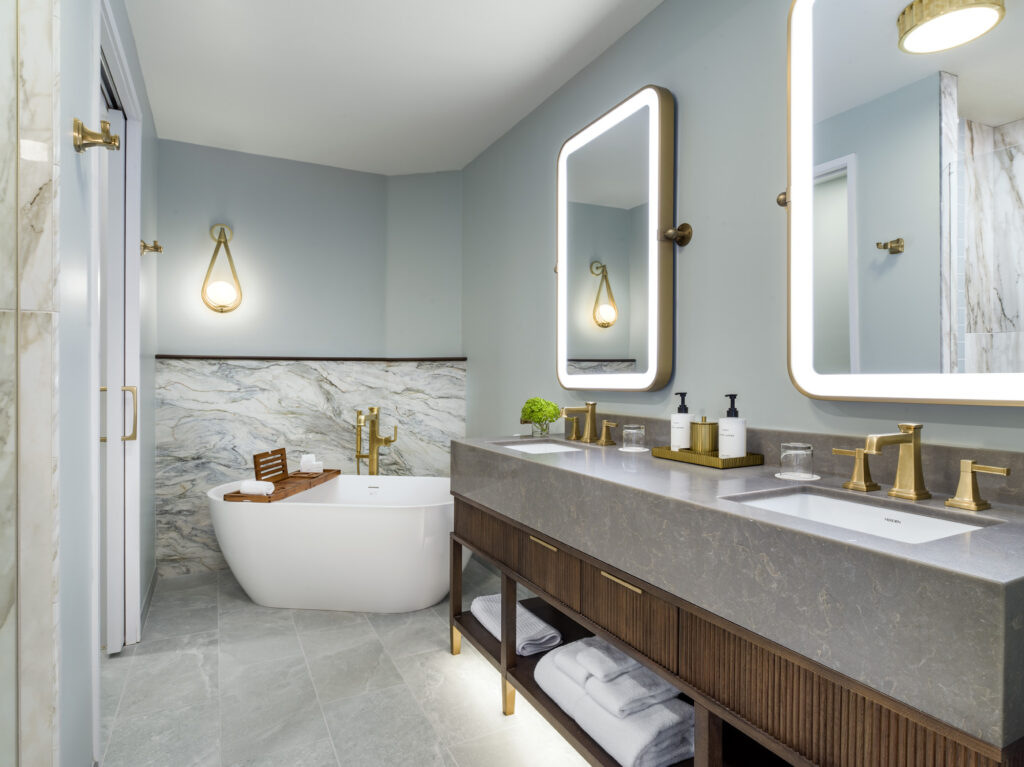
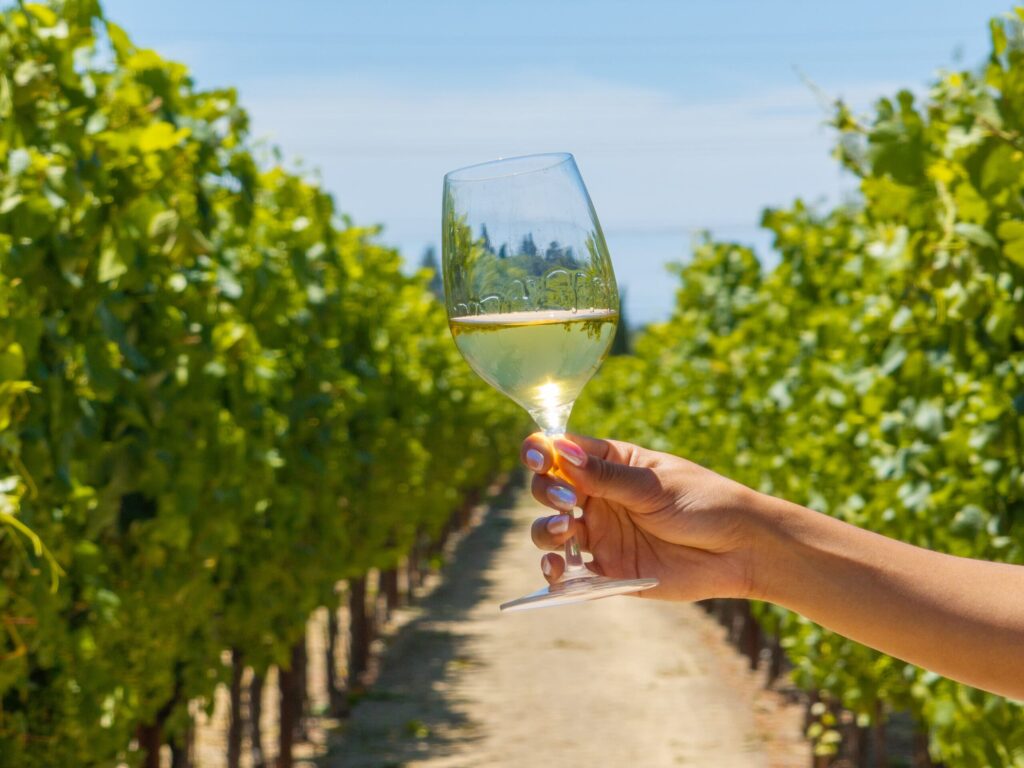
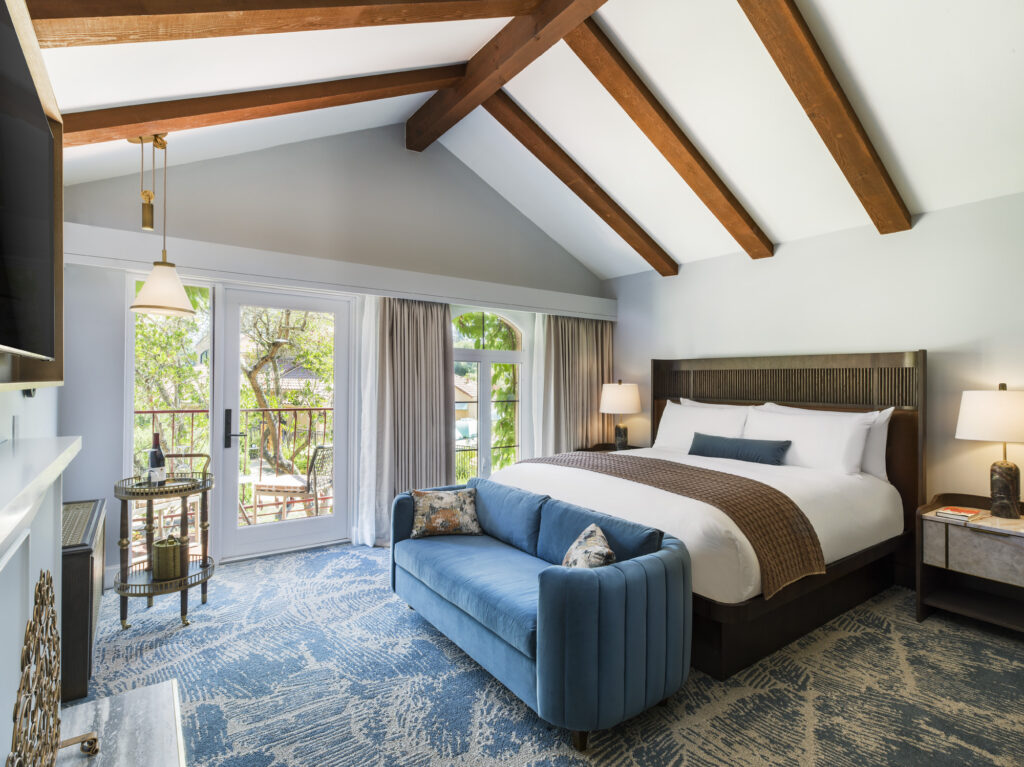
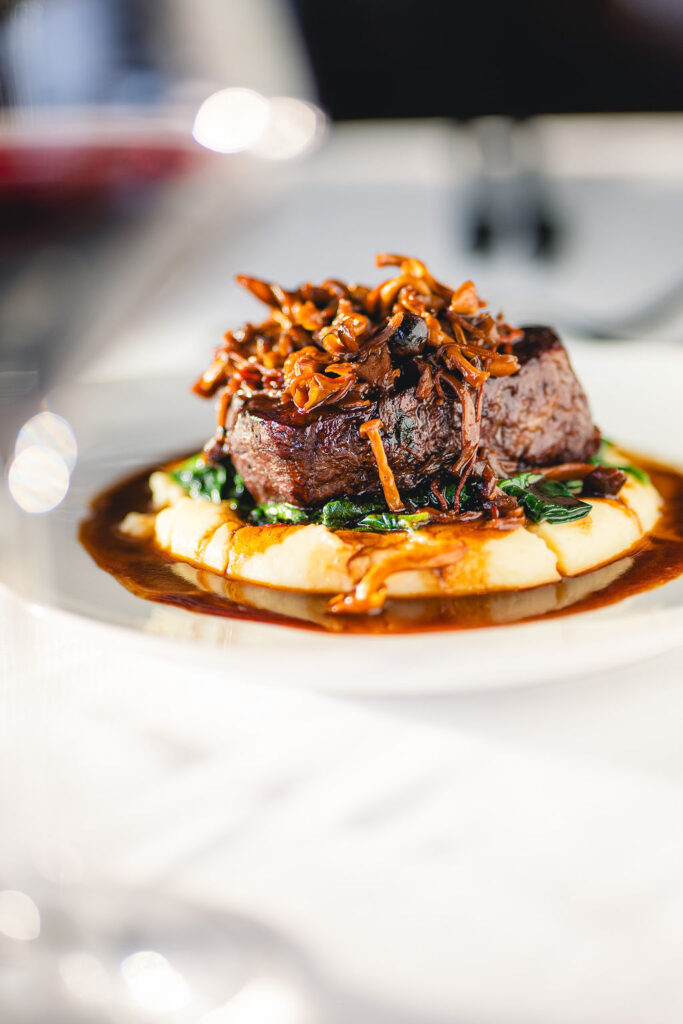
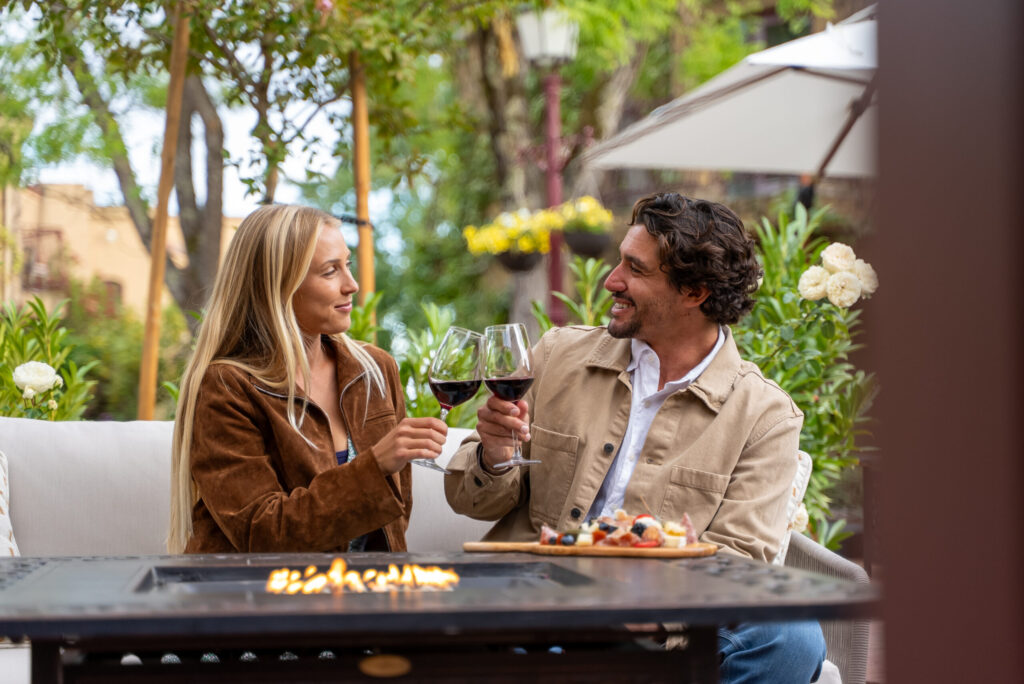
8. Add Seamless Booking Integration
We integrated the resort’s booking engine, SynXis, directly into the website’s design to create a smooth and intuitive user experience. Instead of requiring visitors to navigate to an external platform or deal with multiple redirects, guests can now move seamlessly from exploring the resort’s offerings to making a reservation. This streamlined process reduces friction, builds trust, and keeps users engaged on the site rather than abandoning their journey midway.
9. Track Guest Behavior
Robust analytics and event tracking were implemented, giving Vinarosa detailed, real-time visibility into how visitors navigate the site and which pages are most effective at driving bookings. With Google Analytics 4 (GA4), we set up customized event tracking to capture critical guest actions.
Beyond tracking on-site behavior, GA4 data also connects directly to the performance of marketing campaigns. By tying traffic sources to booking-related events, Vinarosa can clearly see which channels—whether paid search, social ads, email campaigns, or organic traffic—are delivering the highest return on investment. This allows the team to shift budget and effort toward campaigns that generate the most qualified traffic, while identifying underperforming channels that may need refinement.
10. Measure Results and Refine
Post-launch, our team continues to optimize content, test calls-to-action, and refine UX based on performance data. This ensures the site evolves alongside guest behaviors and market demands.
Results of a Luxury Resort Website Redesign
The new Vinarosa Resort website embodies Buffalo Groupe’s philosophy: design with intention, prioritize the guest experience, and align digital strategy with measurable business goals. The result is a luxury resort website design that not only reflects the elegance of the property but also delivers real growth in bookings—a model for how resorts can succeed in today’s competitive digital landscape.
The new site launched in July 2025 and the first 60 days have shown significant improvement as it pertains to improved organic traffic and improvement in non-branded keywords. Non-branded searches now account for 30% of the traffic (vs. 9.5% before the redesign) and the site’s organic traffic has increased by 82%.
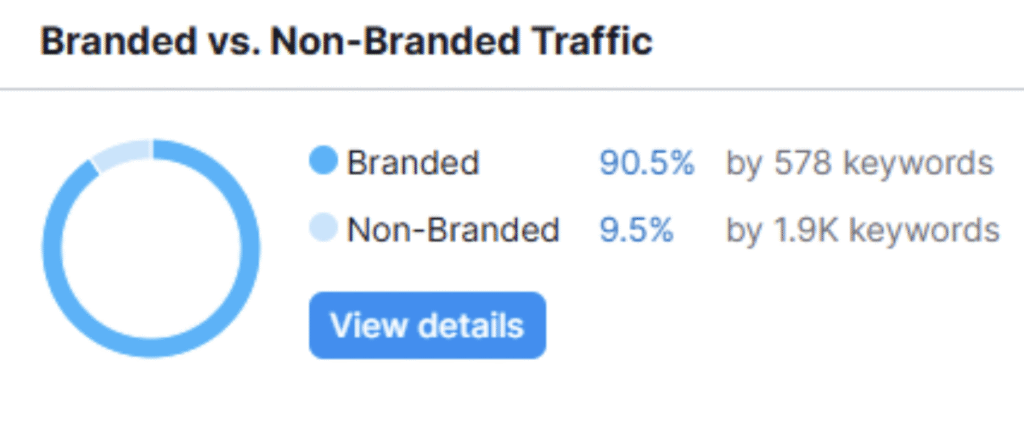
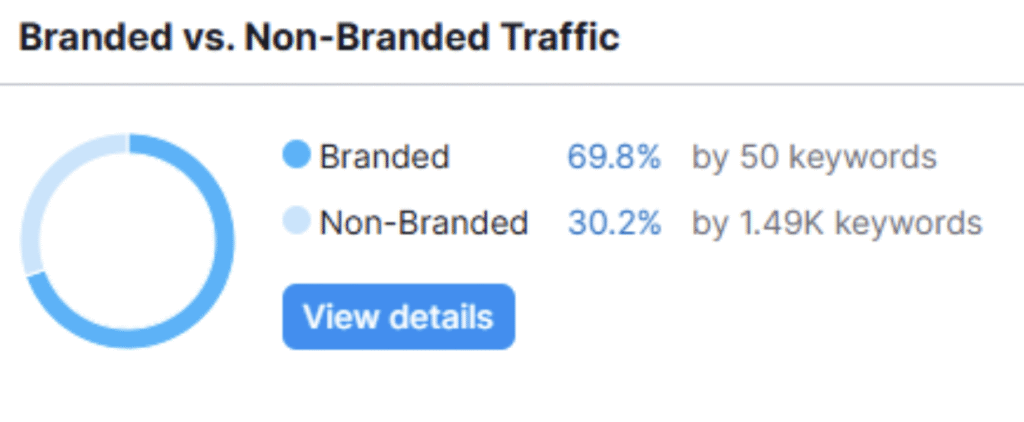


our inbox is open
We’d love to hear from you.